>FASTA_31
Embryo optimization in Mexico; Cacao embryos; Trilobots; Genomatica; CoBiotics by SEED; 2025 Medicine Nobel Prize; Atlas BCI; A world without antibodies; Altagenics; Translucent life
>FASTA: weekly short reads of the global biotech ecosystem | Papers and patents, acquisitions and bankruptcies, biotech philosophy | Read in under 5 min | Follow on LinkedIn, X, YouTube, and Instagram | Versión en Español
Pilgrim is proud to sponsor >FASTA! They’re building the next generation of military medicine for rapid wound healing and pathogen detection—advancing solutions from frontline emergencies to everyday healthcare.
1. 🧬 Embryo optimization arrives in Mexico
Clínica de la Fertilidad (CdelaF) has partnered with Nucleus Genomics to bring genetic optimization of human embryos to Latin America for the first time. The IVF clinic is also adopting the EmbryoScope time-lapse technology by Vitrolife Group to monitor embryonic development.
Before starting CdelaF, Dr. Enrique Cervantes specialized in reproductive endocrinology and fertility at the Mount Sinai School of Medicine and worked at IVI RMA Global, a leading reproductive medicine group, in Spain for seven years. He brings eight years of experience as a founder and CEO of CdelaM, a gynecological and obstetric clinic.
An important question left to answer about CdelaF’s partnership with Nucleus is how to ensure an unskewed data analysis, given the data Nucleus’ algorithms are trained on may not be representative of the clinic’s clients’ genetics. As for time-lapse tech, this study disproves its usefulness in increasing IVF success rates. It’ll be great to chat with Enrique to understand this better.
2. 🍫 Cacao embryos
California Cultured patented their methods of producing chocolate from cacao plant somatic embryos. Unlike callus, which is normally used in plant cell culture, these tissues produce high levels of fat naturally, as well as the critical triglycerides (POP, POS, and SOS) that make cocoa butter solid at room temperature but quick to melt in the mouth.
They have a 10-year deal with Japanese chocolate company Meiji and are partnering with biomanufacturing company Pow.Bio to reach industrial-scale production.
Biopunk paid subscribers have exclusive access to a video tour of California Cultured’s lab-grown chocolate facility:
Biopunk Tour of Willy Wonka's Biotech Chocolate Factory 🍫 🏭
This January, I took the train from San Francisco to Sacramento to visit California Cultured, a company that turns cocoa tree cells into flavanol-rich, contaminant-free, eco-friendly, and irresistible cocoa. Not only did I get to see the whole process from cell to chocolate, but I actually had a bit myself!
3. 🤖 Trilobot One and Trilobio OS
Unlike traditional lab robots which are only pipettes, Trilobio’s robots can use eight different tools (gripper, pipette, tube manipulator, etc) and can be snapped together like Lego blocks. While others take more time to code than the duration of the experiment, their no-code software is used through simple instructions (transfer, serial dilute, aliquot, etc).
Trilobio was founded in 2021 by Roya Amini-Naieni, a good friend of mine who started doing bioengineering research when she was about 14 years old, and Maximilian Schommer, a robotics engineer who previously worked at NASA and other startups. Today, they work with academic and industry labs across the US and they’ve raised a USD $8M seed round.
4. 👗 Scaling plant-based nylon
Geno turns sugar into the precursor to nylon-6 (caprolactam) and plant-based nylon-6,6 (HMD). They’ve partnered with Sojitz Corporation, the Japanese manufacturing giant, to enable cost-competitive production of their product at industrial scale.
The company started in 1998 and has been producing other bio-based chemicals since then with investors such as Ginkgo Bioworks, Novo Holdings, and lululemon, whom they partnered with to use the plant-based nylon in their apparel.
5. 🦠 CoBiotics
Seed is expanding their focus from probiotics into Co-Biotics for nutrition, energy, and sleep optimization. These pills are a 2-in-1 system, with the inner capsule containing prebiotics, a postbiotic, and Cellular Renewal Complex to target the gut-brain axis, and the outer capsule containing the bioactive agent.
One of them, AM-02™, is a caffeine-free energy pill composed of nootropics, prebiotics, B vitamins, and coenzyme Q10. Its counterpart, PM-02™ , contains bioidentical melatonin, ashwagandha, and pyrroloquinoline quinone for better sleep. They all start at $39.99 per month.
6. ⚕️ The Nobel Prize on the immune system
Mary E. Brunkow, Fred Ramsdell, and Shimon Sakaguchi were awarded the 2025 Nobel Prize in Medicine for the discovery of T cells and the gene that regulates their development, Foxp3. Since these basically prevent the immune system from harming the body, this has been relevant for autoimmune disease, transplant science, and immuno-oncology.
7. 💊 A world without antibodies?
Georges Köhler and César Milstein pioneered the monoclonal antibody technique 50 years ago, but their method required mice. Today, 70–80% of biologics are manufactured in CHO cells, and the highest revenue drug in the world (USD $30B/yr) is Keytruda, a mAb used to treat almost every type of solid tumor (Works In Progress).
Just like I was born in a world connected to the internet, it’s hard for me to imagine one without antibodies. I hope Gen Alpha will think similarly of peptides, except they’ll get the benefits and drawbacks of interacting with them as direct-to-consumer, body enhancement products, instead of just as medicine.
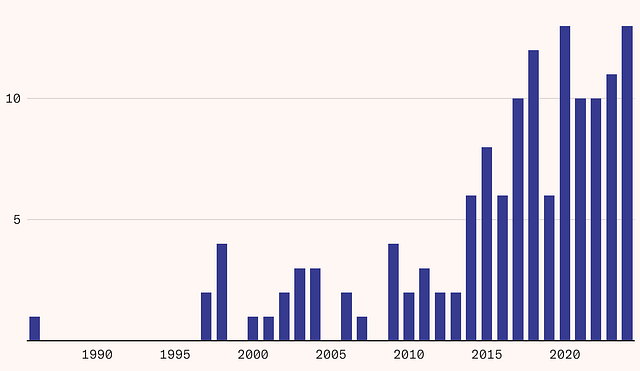
8. 🧠 Atlas BCI
Atlas came out of stealth with a consumer BCI made for focus, stress reduction, and energy optimization. Their patent describes a flexible, adhesive, and electrically-conductive polymer mixture that coats the electrodes and will make it possible to wear the BCI behind the ear. They’ve raised USD $14M so far and will launch their product next year.
9. 💪 Altagenics and muscle wasting
GLD Partners launched Altagenics to develop drugs for muscle-wasting conditions like sarcopenia and cachexia using Heligenics - Connecting Mutations to Health functional genomics technology.
🍸 Poets
10. Glass Life
Glass frogs are famous for pooling their blood inside their liver while they sleep, which lets you see through them. Skeleton flowers too become translucent when wet, as water floods the gaps between petal cells. In sea animals, this feature is way more common thanks to the higher water content.
Because we live in an age of algorithms that study biology and platforms where we share our own biomarkers, most of life is now public. While this evolved feature may help frogs survive, engineering it into other organisms as an art project may reveal its drawbacks.
I was hoping to find some genes related to the frogs’ skin pigmentation or collagen composition to design new organisms with this knowledge. Unfortunately, the genetics behind these wonders isn’t as clear yet…



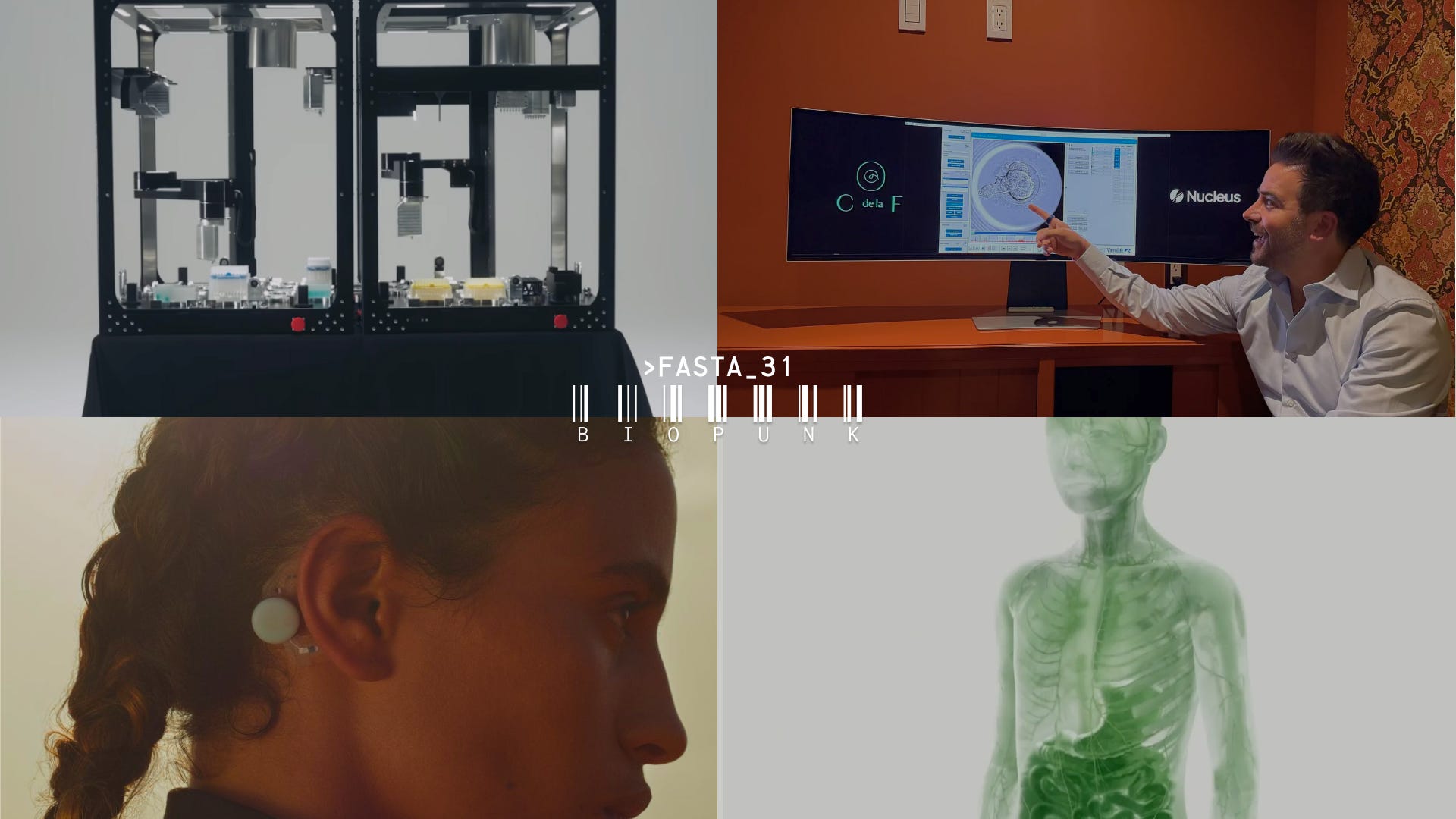

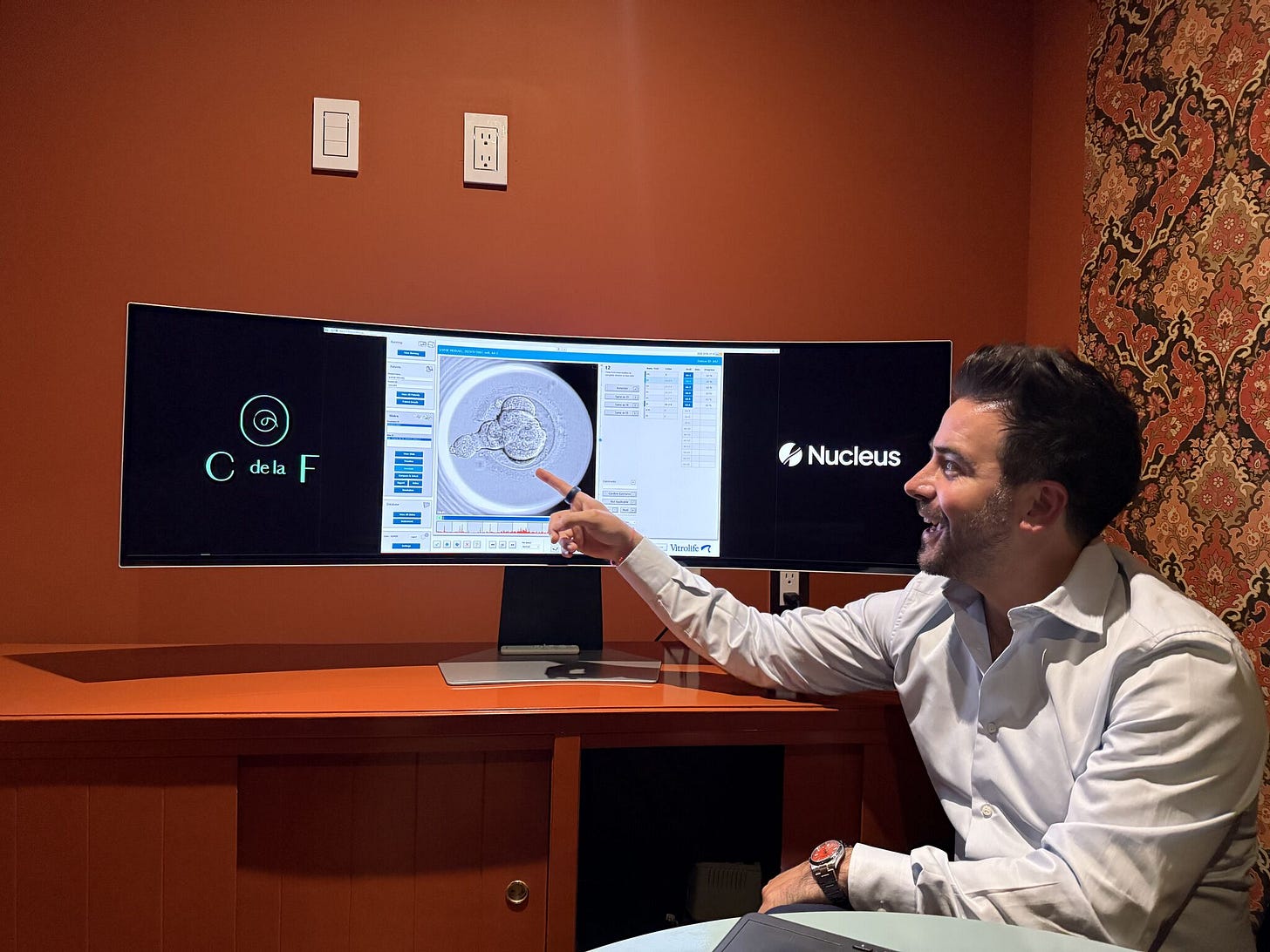

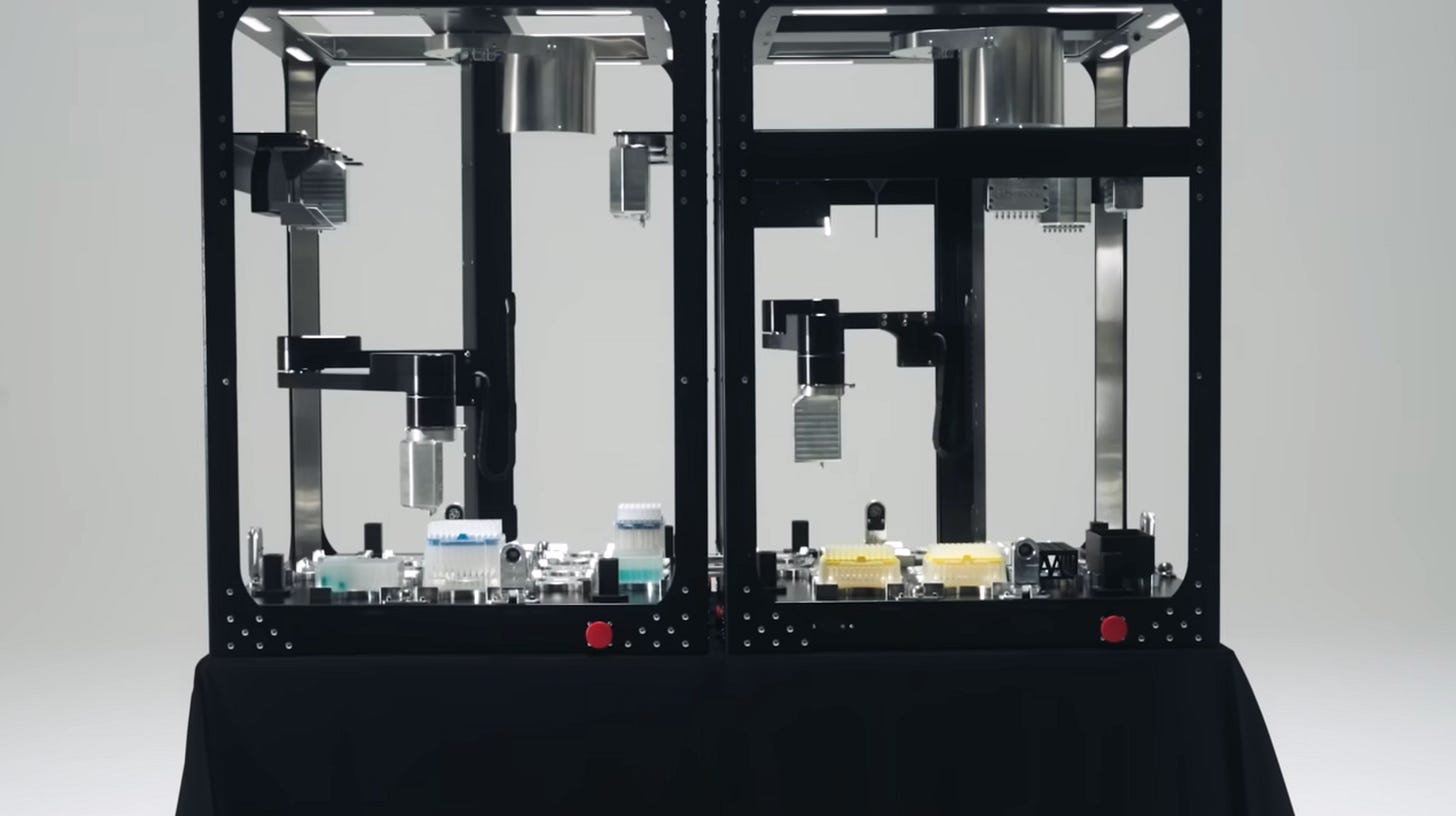
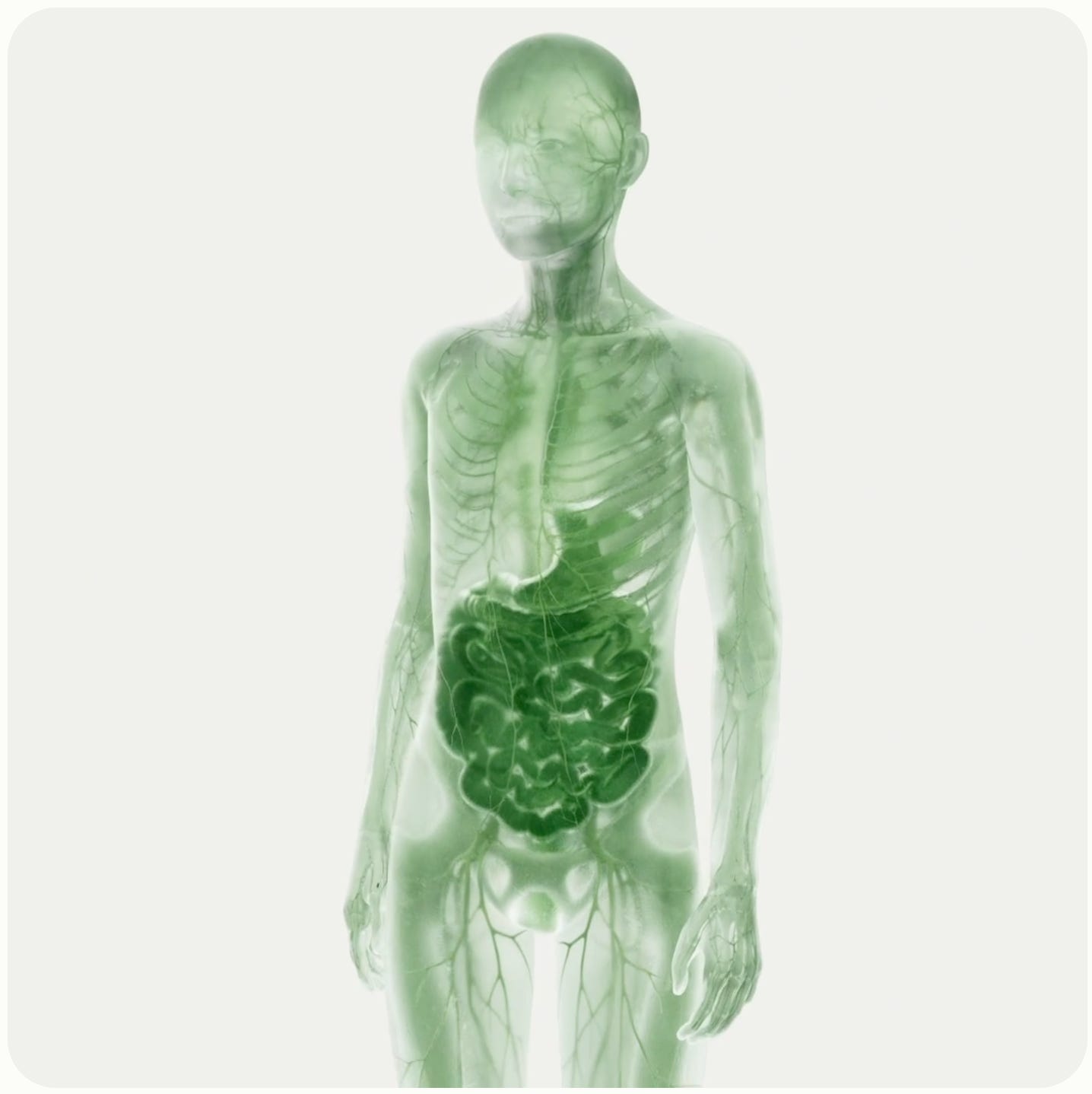

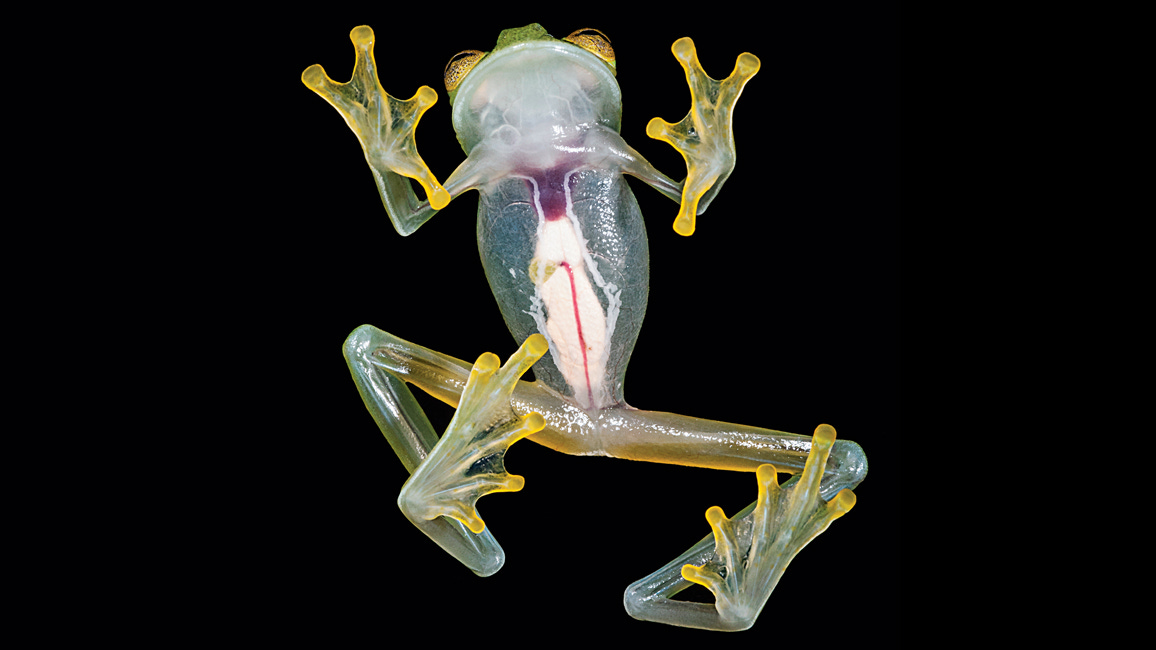
ya forgot one of the Trilobio founders :)